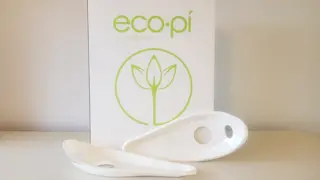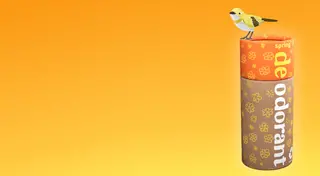
When Charles Revson, the founder of Revlon, proclaimed that his company’s new skin cream was “hope in a jar,” he was articulating the worst-kept secret in the beauty industry. Whether a buyer is plopping down $7 for a drugstore lipstick or $300 for a cutting-edge serum, the product itself can only do so much. The rest is left up to how the wearer feels about what they are putting on their face.
The entryway to that crucial sensation of hope: packaging. Beautiful packaging can elevate all sorts of products. 71% of survey participants said they are more likely to purchase products packaged in paper-based packaging in a 2020 study conducted by the Paper and Packaging Board. But beauty products in particular benefit from premium product packaging, since these items’ effectiveness depends in part on eliciting a certain emotional response from the consumer.
So it’s no surprise that beauty products, particularly prestige items, so often come packaged in paper, paperboard and cardboard. 67% of those surveyed said paper-based product packaging feel more premium and 71% think more highly of companies utilizing it.
Paper shows up at every point along the beauty buyer’s journey, from paper bags looped over the arms of department store shoppers to paperboard lipstick boxes that the wearer opens with excitement. The ecological benefits of paper product packaging are a part of beauty consumers’ preference for paper. It’s not only in the beauty industry, more and more brands are innovating with paper. And with more beauty influencers consciously shifting toward a sustainable routine, paper’s position on beauty shelves will continue to blossom.
One of the most enduring beauty tips of all time can feel almost frustratingly simple: Just be confident. Luxury products can be a part of that confidence for some people—even when the product itself isn’t any different from a counterpart packaged less attractively. Paper might not show up on faces—but it’s a beautiful choice, nonetheless.



